Winter months bring challenges for flat roofs, especially when snow and ice start to buildup. Snow buildup increases the weight on your roof, raising the risk of structural damage, water backup, and even roof collapse. Many property owners turn to flat roof snow melt systems as an efficient method to eliminate these hazards and keep their buildings secure.
A well-designed snow melting system is more than just convenience—it’s an investment in safety, performance, and energy efficiency. Whether you own a commercial property or a residential home, the right roof heating system can protect your structure from ice dams, falling snow, and the costly repairs they cause. But with so many options available, which one is the most suitable solution for your needs?
In this guide, we’ll explore the best roof snow melting systems, their advantages, and how to choose one that will keep your roof, sidewalks, and stairs clear all winter long.
Why Flat Roofs Need a Snow Melting System
Unlike sloped roofs that naturally shed snow, flat roofs are exposed to excessive snow accumulation. Without a system installed to melt snow, property owners face several risks:
Structural damage – The additional weight of snow buildup can strain the roof, leading to cracks and potential collapse.
Ice dams & water backup – Snow melts during the day and refreezes at night, creating ice dams that block drainage and cause leaks.
Dangerous conditions – Falling ice and snow from the roof edge pose safety hazards for customers, employees, and passersby.
Higher energy costs – Heat loss from an unprotected roof increases heating costs during the winter months.
Snow shoveling expenses – Regular snow shoveling can be costly and labor-intensive, making a roof heating system a smarter, long-term solution.
By installing an energy-efficient snow melting system, you can protect your property, reduce maintenance costs, and improve overall safety.
Best Flat Roof Snow Melt Systems
1. Electric Heating Cables (Heat Trace Cables)
One of the most cost-effective solutions, electric heating cables (also called heat trace cables) are installed along the roof surface to melt snow and prevent ice dams. These cables are often used around edge flashing, gutters, and drains to improve water flow.
Advantages:
- Easy installation with minimal disruption
- Energy-efficient and low maintenance
- Ideal for residential and small commercial applications
Drawbacks:
- Works best in areas with moderate snowfall
- Requires proper placement for maximum performance
2. Hydronic Snow Melt Systems
A hydronic snow melting system is an efficient method for large commercial properties. It consists of heating elements—typically heated water pipes—embedded in the roof. The heater warms the liquid inside, melting snow evenly across the surface.
Advantages:
- Energy-efficient in the long run
- Ideal for heavy snow accumulation
- Can be attached to an existing heating system
Drawbacks:
- High installation costs
- Requires regular maintenance for optimal performance
3. Heated Roof Mats
For a more targeted solution, heated roof mats provide localized heat to specific problem areas such as central drains, valleys, and entrances. These mats eliminate snow buildup and prevent dangerous ice from forming on walkways and stairs.
Advantages:
- Portable and easy installation
- Great for protecting sidewalks, stairs, and entrances
- Works well in combination with other roof heating systems
Drawbacks:
- Covers limited areas
- Higher operating costs compared to other systems
4. Self-Regulating Heat Tape
A more advanced alternative to standard heat cables, self-regulating heat tape adjusts power output based on ambient temperature, reducing energy consumption. It’s often used along roof edges, gutters, and drains to prevent ice dams and ensure proper drainage.
Advantages:
- Energy-efficient and cost-effective in the long run
- Reduces heat loss by operating only when needed
- Ideal for preventing ice buildup along edge flashing
Drawbacks:
- Not designed for large roof areas
- Best used as part of a larger snow melting system
How to Choose the Right Roof Heating System
When selecting a snow melting system, consider the following factors:
Building type: Large commercial buildings benefit from hydronic systems, while smaller residential properties can use heat cables or heated mats.
Budget: Electric heating cables and heat tape have lower upfront costs, while hydronic systems provide better savings in the long run.
Energy efficiency: Look for energy-efficient options to reduce power consumption and operating costs.
Installation complexity: Some systems require professional installation, while others offer easy installation for DIY setups.
Invest in a Snow Melt System with GMT Roofing
If you’re waiting to install a roof snow melting system, don’t risk dangerous snow buildup or costly repairs. Whether you need a commercial or residential solution, GMT Roofing has the power to keep your roof, sidewalks, and stairs safe this winter.
- Professional installation & warranty on all systems
- Energy-efficient solutions that reduce heating costs
- Customized flat roof snow melt systems for your property’s needs
Call GMT Home Services, today for expert guidance and a cost-effective solution to winter-proof your roof!


